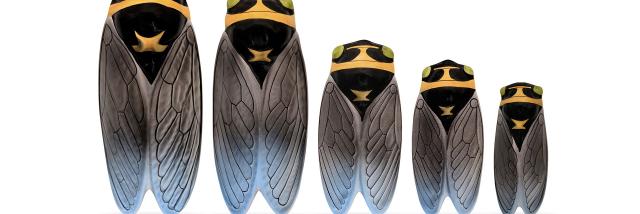The Tarasque of Tarascon
The Tarasque is a Provençal folkloric creature similar to a dragon. This mythological creature is said to have given its name to the town of Tarascon. Every year, the Tarasque is celebrated during popular festivals in which young and old can discover the origin of this myth thanks to mediaeval associations. Parents and children can thus learn more about this Provençal monster. This major event is considered by UNESCO as part of the oral and intangible heritage of humanity. Since 2019, the Tarasque of Tarascon has been listed as an intangible cultural heritage in France.

